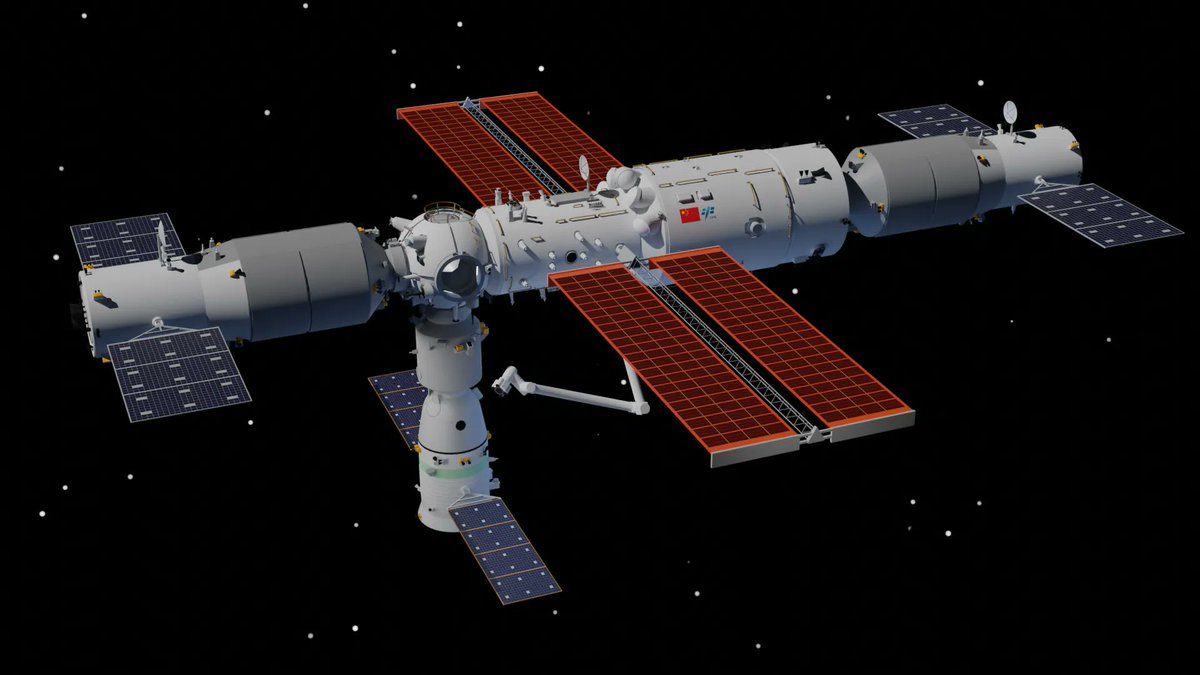Two Lego designers with a history of space-themed projects have teamed up for a new proposed set: China’s Long March CZ-5 and Tianwen-1 Mission. The set is currently gathering supporters on the LEGO Ideas website. If it gets enough support, LEGO will review it and possibly create it.
Continue reading “A new LEGO Spacecraft to Vote for: China's Long March 5 With the Tianwen-1 That Flew to Mars”Chinese Astronomers Detect an Interesting (But NOT Alien) Signal With the FAST Radio Observatory
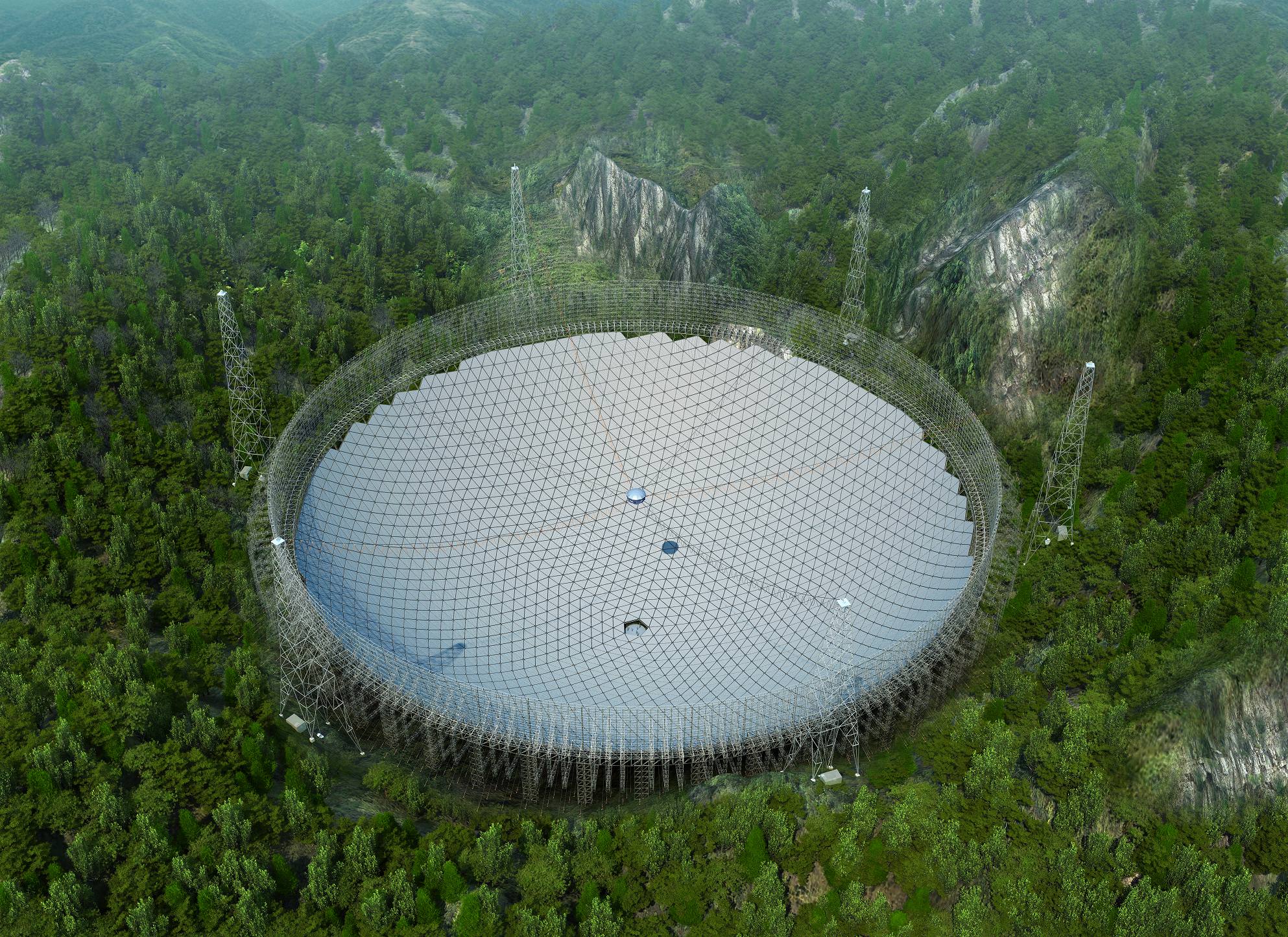
The 500-Meter Aperture Spherical Telescope (FAST), (aka. Tianyan, “Eye of Heaven”), is the largest radio observatory in the world. Since the observatory became operational in January 2020, this facility has made significant contributions to radio astronomy and the Search for Extraterrestrial Intelligence (SETI). In particular, the observatory has been instrumental in detecting Fast Radio Burts (FRBs) and other cosmic phenomena that could be (but probably aren’t) possible indications of extraterrestrial communications.
Last week, while sifting through FAST data, the China Extraterrestrial Civilization Research Group (CECRG) from Beijing Normal University revealed that they discovered several signals that might be artificial in origin (a possible indication of an advanced civilization). These signals consisted of narrow-band electromagnetic radio transmission and were considered one of the best candidates for an extraterrestrial signal. Ah, but there’s a snag. According to subsequent news releases, those radio transmissions were apparently from Earth!
Continue reading “Chinese Astronomers Detect an Interesting (But NOT Alien) Signal With the FAST Radio Observatory”China’s Lunar Lander Finds Water Under its Feet
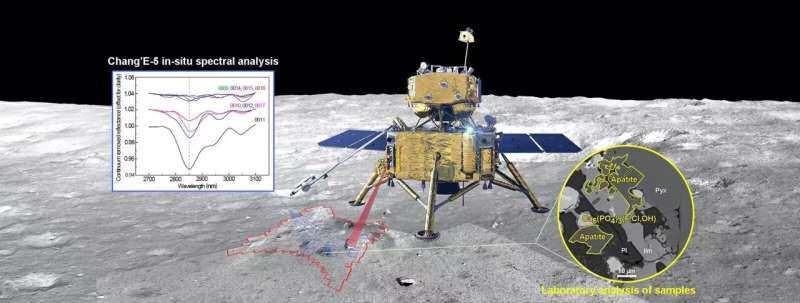
Earlier this year, scientists from China’s Chang’E-5 lunar lander revealed they had found evidence of water in the form of hydroxyl from in-situ measurements taken while lander was on the Moon. Now, they have confirmed the finding with laboratory analysis of the lunar samples from Chang’E-5 that were returned to Earth. The amount of water detected varied across the randomly chosen samples taken from around the base of the lander, from 0 to 180 parts per million (ppm), mean value of 28.5?ppm, which is on the weak end of lunar hydration.
“For the first time in the world, the results of laboratory analysis of lunar return samples and spectral data from in-situ lunar surface surveys were used jointly to examine the presence, form and amount of ‘water’ in lunar samples,” said co-author Li Chunlai from the National Astronomical Observatories of the Chinese Academy of Sciences (NAOC), in a press release. “The results accurately answer the question of the distribution characteristics and source of water in the Chang’E-5 landing zone and provide a ground truth for the interpretation and estimation of water signals in remote sensing survey data.”
Continue reading “China’s Lunar Lander Finds Water Under its Feet”Shenzhou-14 Astronauts Begin Their Mission of 6 Months in Space
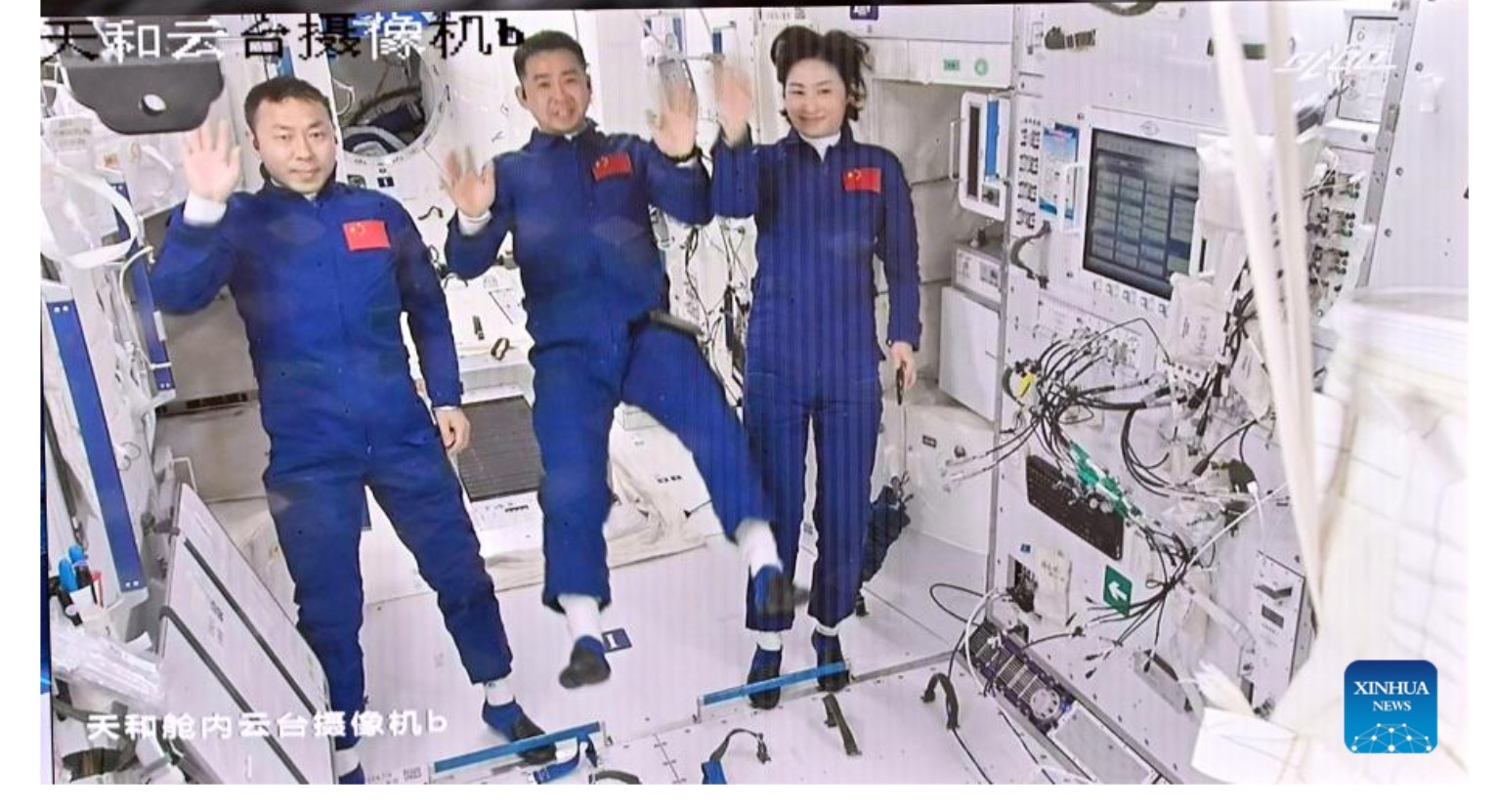
The Shenzhou-14 mission, carrying three Chinese astronauts, docked successfully earlier this week with the Tiangong-3 space station. During their six-month mission on board the station, the new crew hopes to continue work on construction of the orbital Chinese outpost, which will be about one-fifth the size of the International Space Station.
Continue reading “Shenzhou-14 Astronauts Begin Their Mission of 6 Months in Space”China Announces Its New Flagship Space Telescope Mission
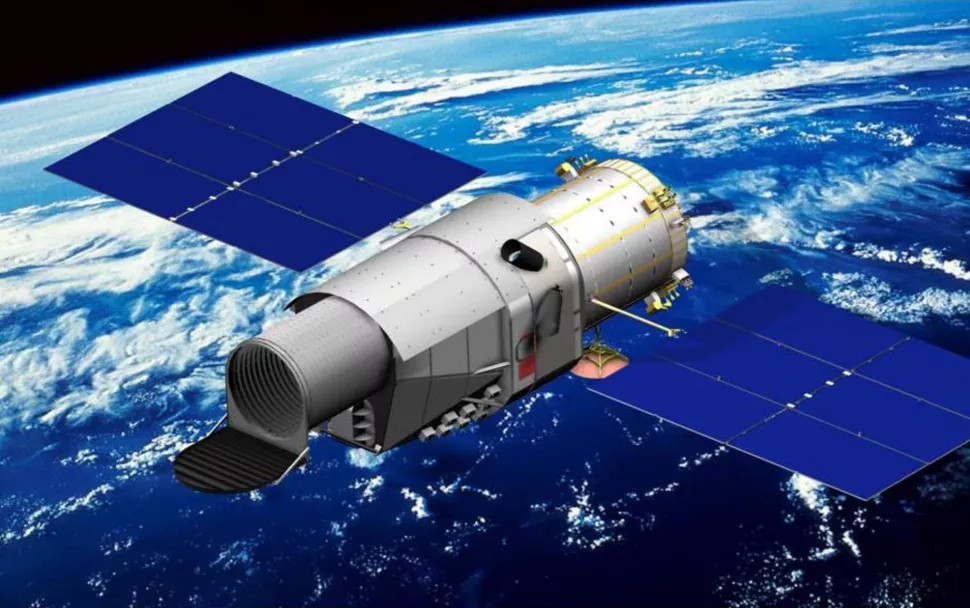
Distant galaxies, dark matter, dark energy, and the origin and evolution of the universe itself are some of the many scientific goals of China’s newly announced space telescope. If all goes according to plan, the China Space Station Telescope (CSST) will blast off atop a Long March 5B rocket sometime in late 2023. Once in a safe orbit, CSST should begin observations in 2024. Judging by these research topics, it looks like the Chinese Academy of Sciences is throwing down an impressive scientific gauntlet for itself and its astronomers.
Continue reading “China Announces Its New Flagship Space Telescope Mission”Mars Orbiter Captures Images of China’s Rover From Space
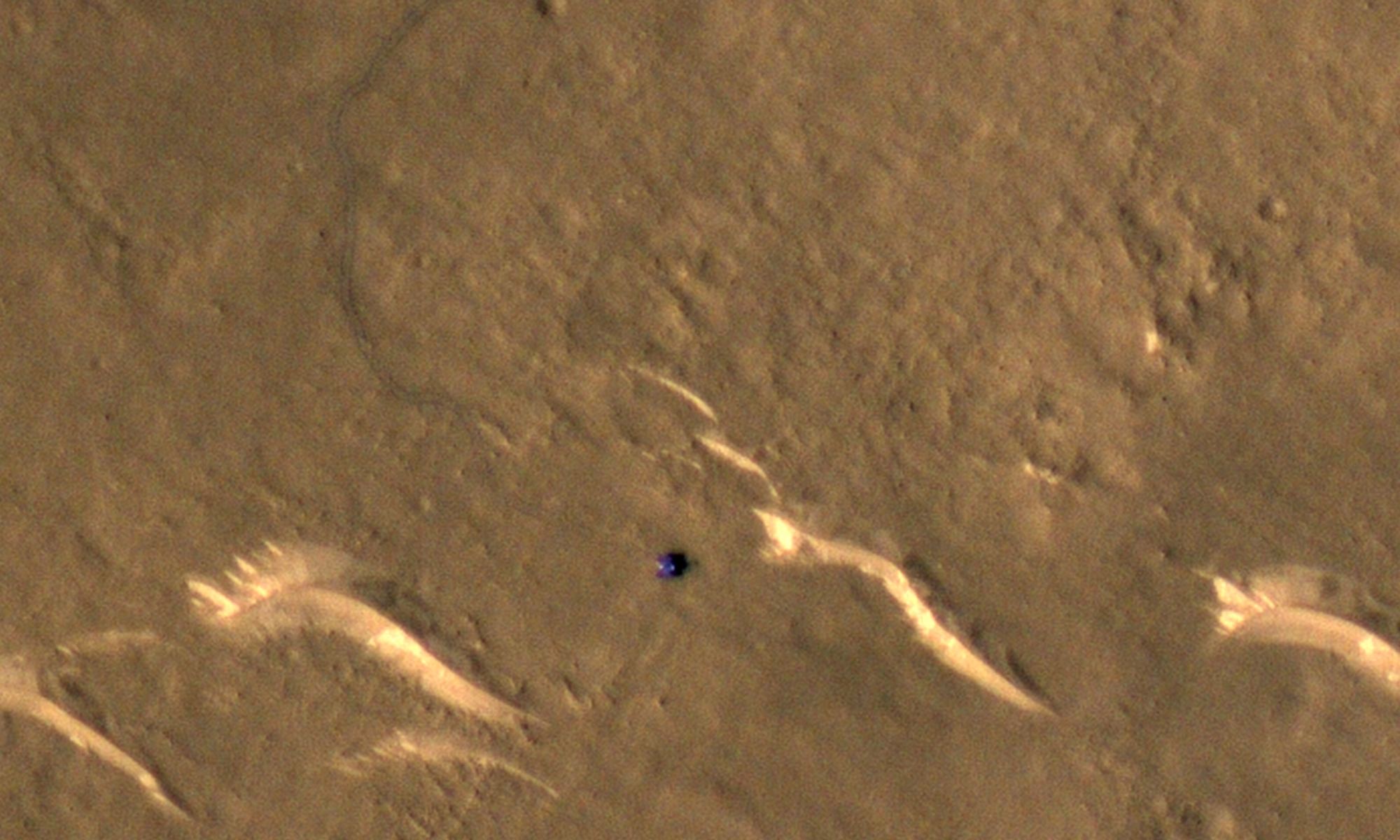
China’s Tianwen-1 lander and Zhurong rover touched down on the Martian plain Utopia Planitia on May 14, 2021 after spending about three months orbiting the Red Planet. While the Chinese Space Agency has shared images of the rover and lander (including a cute family portrait taken by a wireless remote camera), NASA’s Mars Reconnaissance Orbiter has been following the rover’s travels from above.
Continue reading “Mars Orbiter Captures Images of China’s Rover From Space”Here’s What China is Planning to do in Space for the Next 5 Years
Central planning is literately central to any communist country, though its history has mixed results. As part of that planning, bureaucrats in all parts of the government are occasionally tasked with coming up with goals and milestones for their specific part of the government. These usually take the form of a five or ten-year plan, which is what the China National Space Agency (CNSA) released on January 28th.
Continue reading “Here’s What China is Planning to do in Space for the Next 5 Years”Chinese Rover Finds Translucent Glass Globules on the Moon

Scientists say China’s Yutu-2 rover, part of the Chang’E-4 mission, has found several small glass globules on the Moon’s far side. While tiny glass beads have been found previously in lunar samples brought back by the Apollo astronauts, the ones found by Yutu-2 are much bigger and translucent.
The discovery was made by Dr. Zhiyong Xiao, one of the lead scientific team members of the Chang’E-4 mission. They beads were found by looking at panoramic images taken by the rover. Since the rover doesn’t have sampling capabilities and is not a sample return mission like it’s older sibling, the Chang-E-5 mission, there is no compositional data on the glass beads, only observational evidence.
Continue reading “Chinese Rover Finds Translucent Glass Globules on the Moon”A Chinese Space Tug Just Grappled a Dead Satellite
A Chinese satellite pulled a defunct navigation satellite out of the way of other satellites on January 22nd. The satellite, called SJ-21, appeared to operate as a space tug when it grappled onto the navigation satellite from the Chinese CompassG2 network. The operation details didn’t come from Chinese authorities but a report by ExoAnalytic Solutions, a commercial space monitoring company.
Chinese authorities are tight-lipped about the operation, but what can observations tell us about Chinese capabilities?
Continue reading “A Chinese Space Tug Just Grappled a Dead Satellite”China’s Lander Has Detected Water on the Moon
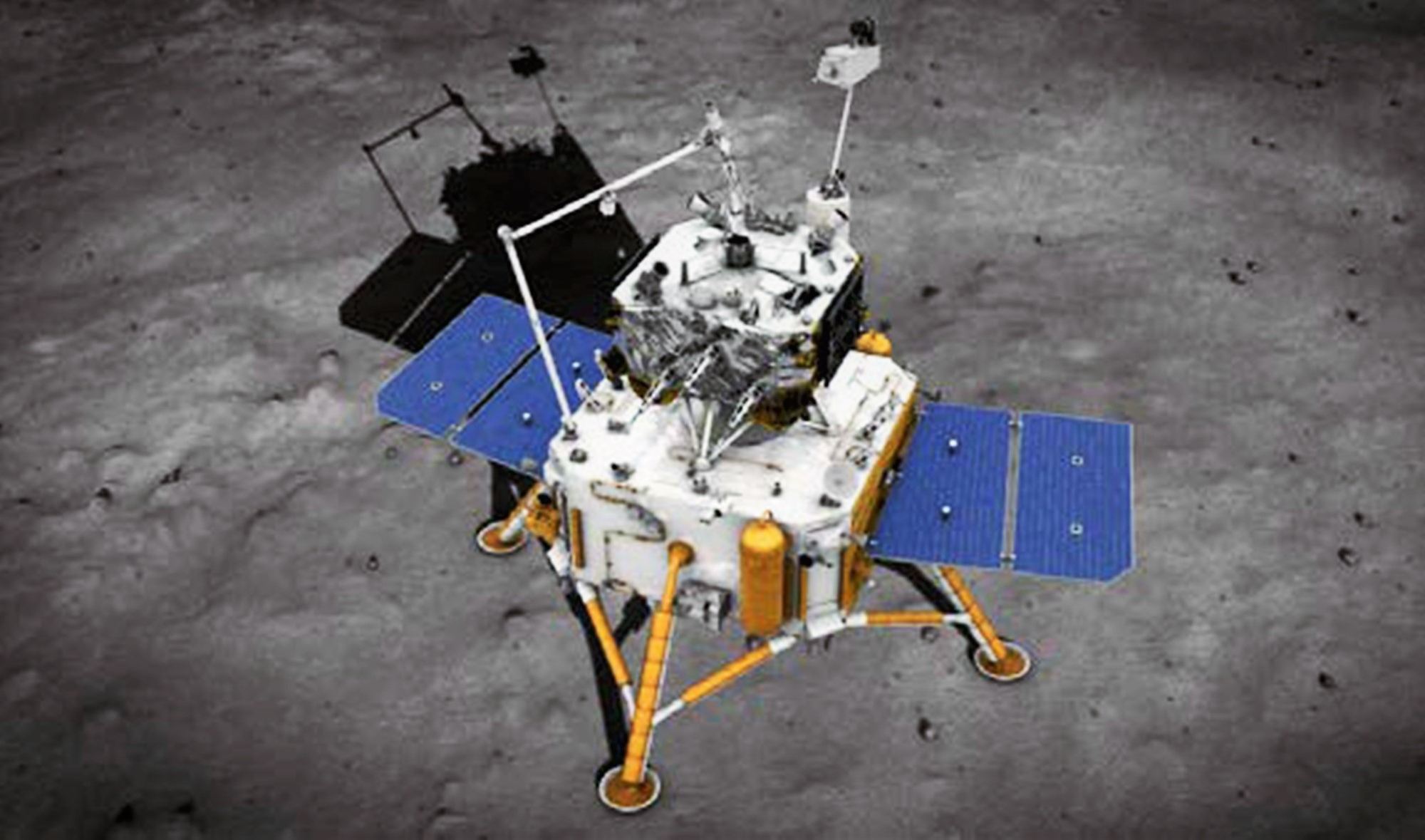
China’s Chang’e-5 lunar lander has found evidence of hydroxyl (OH) on the Moon. Hydroxyl is a close chemical cousin of water, H2O. While several other orbital missions have detected OH on the Moon previously, Chang’e-5 marks the first time it has been detected by a spacecraft sitting on the lunar surface.
Continue reading “China’s Lander Has Detected Water on the Moon”

